2800 Calorie Meal Plan Secrets That Actually Work (And Why Most People Get It Wrong)
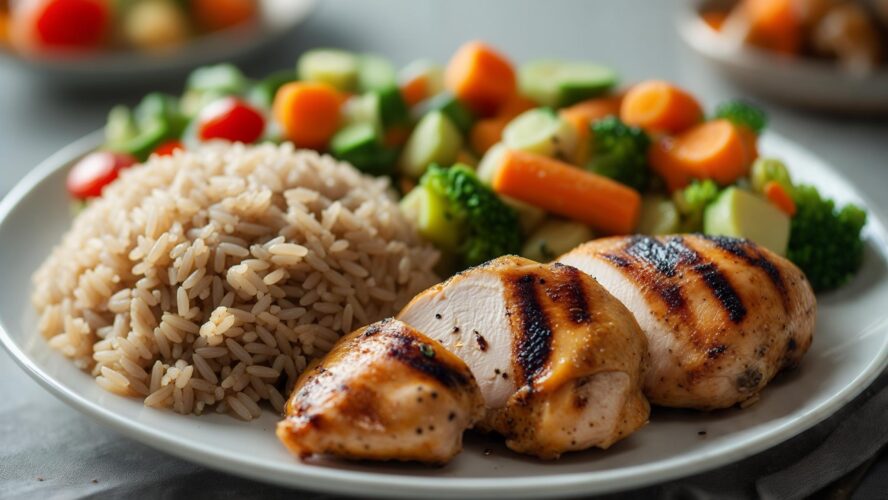
Look, I’ll be honest – I used to think hitting 2800 calories was just about cramming more food in my face until I felt like I was going to explode. Spoiler alert: that approach sucked. I’d eat a massive lunch and then crash so hard I could barely keep my eyes open at 3 PM. Sound familiar?
After way too many failed attempts and feeling like garbage most afternoons, I finally figured out that when you eat matters just as much as what you eat. Your body processes food completely differently throughout the day – and once I started working with that instead of against it, everything changed.
This isn’t your typical “just eat more protein, bro” advice. It’s about understanding how your body actually works and using that knowledge to feel energized instead of sluggish. What really opened my eyes was learning that moderately active adult males need about 2,200-2,800 calories a day according to the United States government’s Center for Nutrition Policy and Promotion, yet most of us struggle to hit that number without feeling awful.

Table of Contents
- The Game-Changing Science of When You Eat Your 2800 Calories
- Making Every Calorie Count: Absorption Hacks for High-Volume Eating
- The Mental Game: Why Your Brain Sabotages Your 2800-Calorie Goals
- Scaling Up: From 2800 to 3000+ Calories Without the Bloat
- Final Thoughts
TL;DR
- Your body handles carbs way better in the morning (6-10 AM) – this is when you want to load up on 40-50% of your daily carbs
- Don’t take iron and calcium together – separate them by 2-3 hours and your iron absorption jumps by 40%
- Use bigger plates (11-12 inches) to trick your brain into thinking normal portions aren’t overwhelming
- Take digestive enzymes 15-20 minutes before big meals – it seriously helps with protein digestion (20-30% better)
- When going from 2800 to 3000+ calories, add just 200 calories weekly (mostly carbs and some fats) so you don’t feel like death
- Actually slow down when eating – 20-25 minutes per meal lets your body figure out when it’s full
The Game-Changing Science of When You Eat Your 2800 Calories
I used to think meal timing was just fitness influencer nonsense – you know, the kind of stuff people post between their gym selfies. Turns out, there’s actually something to it, and it’s not as complicated as they make it sound.
Your body has this internal clock that basically decides how well it’s going to process different foods throughout the day. In the morning, you’re like a carb-processing machine. By evening? Not so much. But here’s the kicker – your body also pumps out growth hormone while you sleep, which is when protein and fats become your best friends.
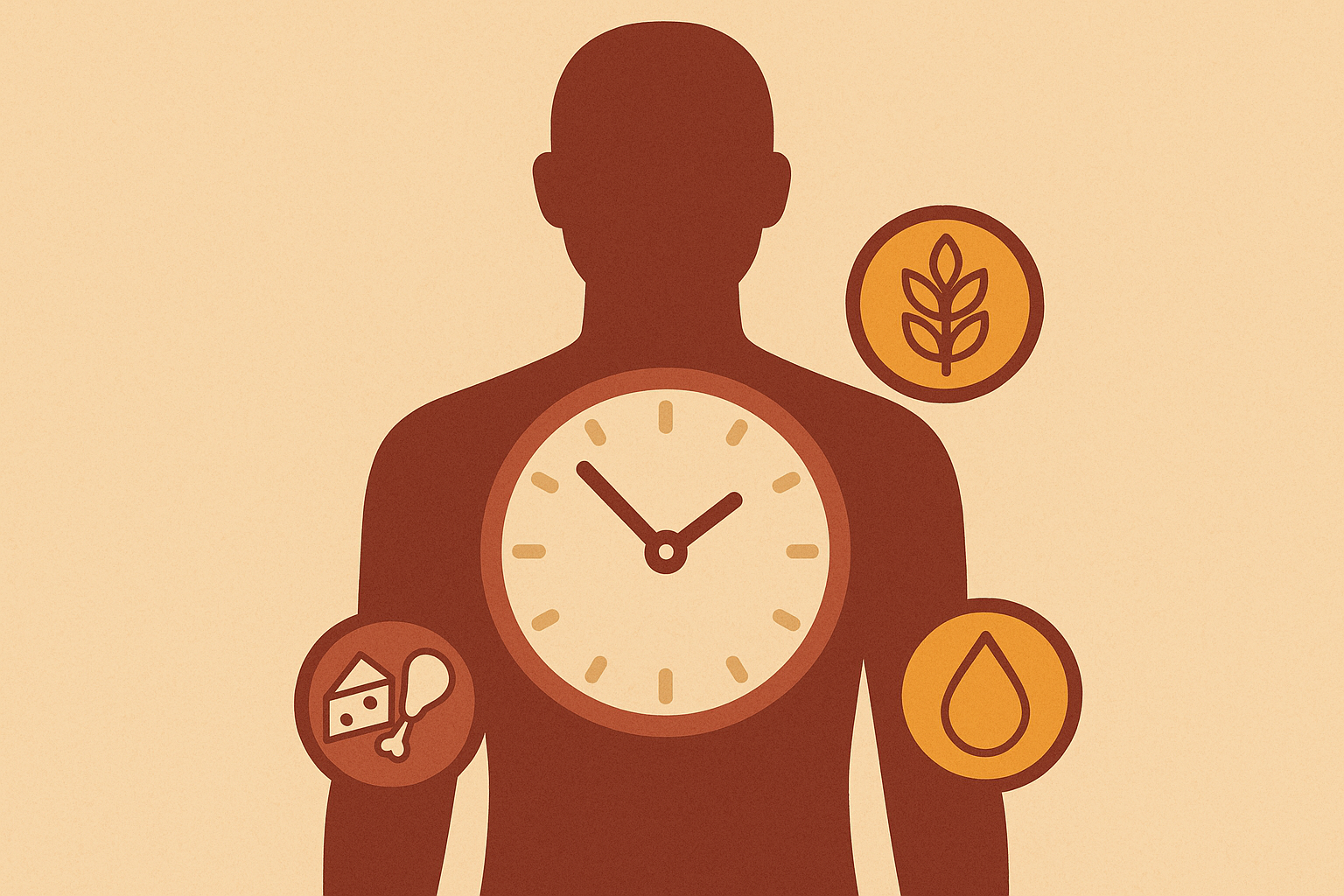
Once I started paying attention to this natural rhythm instead of fighting it, my energy levels stopped looking like a roller coaster. And honestly, preparing nutrient-dense breakfast foods like oatmeal became way more important when I realized I was wasting my body’s prime carb-processing time.
Your Body’s Built-In Food Clock
Ever wonder why you can eat a huge breakfast and feel great, but the same amount at dinner leaves you feeling stuffed and sluggish? Your metabolism literally shifts gears throughout the day. Morning is carb time, evening is protein and fat time. It’s like your body has different job descriptions for different hours.
| Time Window | What Your Body Wants | How Much of Your Daily Food | Why It Works |
|---|---|---|---|
| 6-10 AM | Carbs, carbs, carbs | 40-50% | Your body processes them best now |
| 10 AM-2 PM | A bit of everything | 30-35% | Keeps energy steady |
| 2-6 PM | Focus on protein | 20-25% | Muscle building time |
| 6-10 PM | Protein + healthy fats | 25-30% | Prep for overnight recovery |
When I first started eating this way, I was shocked at how much more consistent my energy felt. No more 3 PM crashes where I’d consider taking a nap under my desk.
The Morning Carb Party
Between 6-10 AM, your body is basically begging for carbs. I’m talking 280-350g during this window – yeah, that’s a lot, but your body can actually handle it now. Think oatmeal with berries, toast with honey, even some fruit. Your body will process it like a champ instead of storing it as fat.
My go-to morning fuel-up (450 calories):
- A big bowl of oatmeal (the kind that actually fills you up, not those tiny packets) with a sliced banana – that’s about 300 calories and 65g of carbs
- One slice of good whole grain toast slathered with honey – another 150 calories and 30g carbs
- Total: 95g carbs consumed when my body actually wants them
If you want to nail your morning oatmeal game, mastering the art of oatmeal preparation is honestly worth the time. There’s a difference between sad, watery oats and the kind that actually fuel your day.
Evening Protein Power Hours
After 6 PM, I flip the script and focus on protein and healthy fats. This is when your body gets ready for overnight repair mode, so having 30-40g of good protein available makes a huge difference. I’m talking salmon dinners, Greek yogurt, or a decent protein shake before bed.
The timing here isn’t just some random rule – your body literally does most of its repair work while you sleep. Having the right building blocks available makes that process way more effective.
Teaching Your Body to Be Flexible
Here’s something cool I learned: you can actually train your body to get better at switching between burning different types of fuel. It’s like teaching it to be a hybrid car instead of just running on one type of gas.
Recent research on calorie restriction and longevity shows that while extreme restriction might help you live longer, it’s terrible for actually doing stuff. That’s why strategic timing matters so much if you’re active.
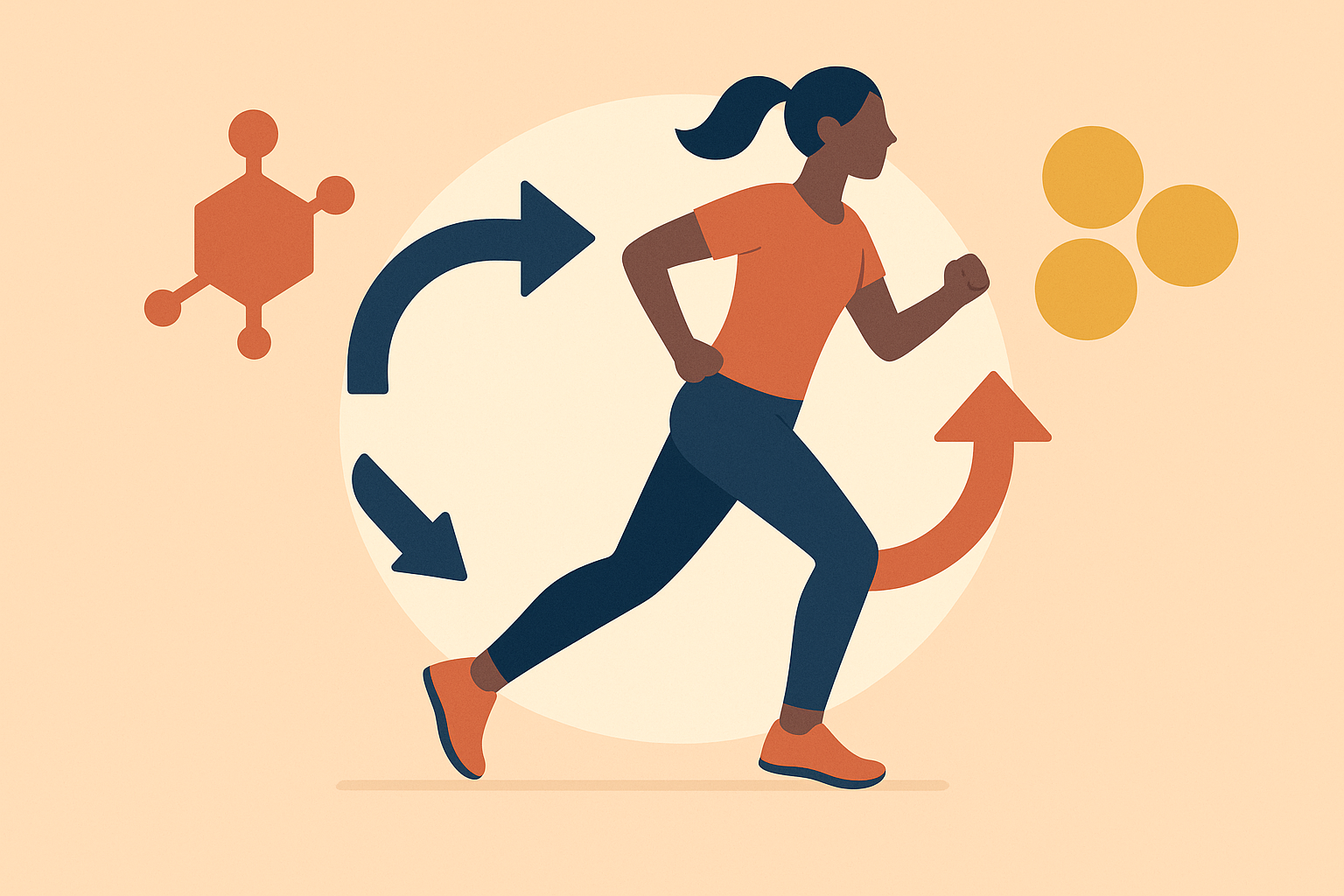
This whole approach works great with intermittent fasting principles too – you can still eat plenty of calories while giving your body strategic breaks.
Smart Carb Switching
I don’t eat the same amount of carbs every day. Some days I go higher (50-55% of calories), other days more moderate (35-40%). This keeps my body guessing and prevents that metabolic slowdown that happens when you do the exact same thing every day.
Strategic Breaks Between Meals
Even though I’m eating 2800 calories, I still leave 4-6 hour gaps between meals sometimes. This gives my digestive system a breather and lets my body practice burning fat. It’s like giving your stomach a coffee break.
Protein Distribution That Actually Makes Sense
Instead of trying to cram all my protein into one or two massive meals (which honestly just makes you feel gross), I spread my 140-175g daily protein across 4-5 meals. About 25-35g per meal. Your body can only process so much protein at once anyway, so why not make it easy on yourself?
How I actually spread out protein through the day:
- Breakfast: 30-35g protein
- Mid-morning snack: 25-30g protein
- Lunch: 35-40g protein
- Afternoon snack: 25-30g protein
- Dinner: 30-35g protein
- Total: 145-170g protein without any single meal being overwhelming
Making Every Calorie Count: Absorption Hacks for High-Volume Eating
Here’s something nobody tells you: eating 2800 calories is one thing, but actually absorbing and using those nutrients? That’s a whole different challenge. I learned the hard way that some nutrients basically fight each other for absorption, while others work together like best friends.
When you’re eating larger amounts of food, this stuff becomes way more important. Otherwise, you’re just creating expensive pee and wondering why you still feel tired all the time.
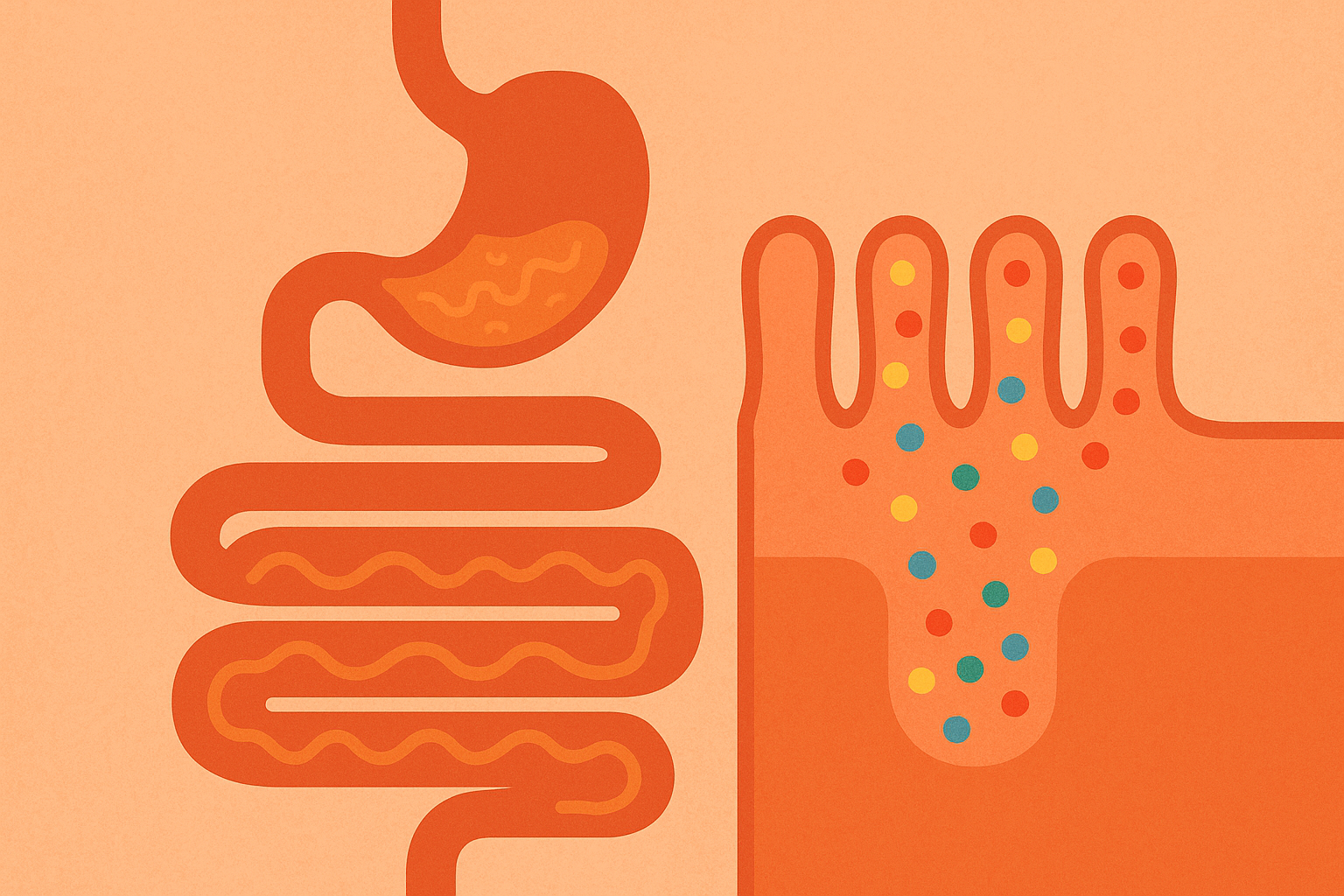
Getting your digestion working properly becomes crucial when you’re eating more, which is why understanding digestive health fundamentals can save you from feeling like a bloated mess half the time.
The Hidden Nutrient Wars in Your Stomach
Not all nutrients play nicely together. Some are like that couple that argues in public – they compete for attention and nobody wins. Others are like a good wingman situation – they help each other out.
Ever wonder why you might feel tired despite eating plenty of iron-rich foods? It’s probably because something else is blocking the absorption, and you never knew there was a fight happening in your stomach.
The Iron vs Calcium Showdown
This one blew my mind: iron and calcium are basically frenemies. They compete for the same absorption pathways, which means if you’re chugging milk with your steak, you’re not getting the iron you think you are.
I started separating iron-rich stuff (grass-fed beef, spinach) from calcium-heavy foods (dairy, certain leafy greens) by 2-3 hours. Research shows this simple timing trick can boost iron absorption by up to 40%. That’s huge when you’re trying to avoid feeling like a zombie.
The separation of iron and calcium intake by 2-3 hours can boost iron uptake by 40%, which becomes super important when you’re eating larger volumes where nutrient competition gets more intense. Source: Strongr Fastr 2800 Calorie Muscle Gain Plan
Fat-Soluble Vitamins Need Their Buddy System
Vitamins A, D, E, and K are like that friend who can’t function without their support crew – they need fat to get absorbed properly. I make sure to include 15-20g of healthy fats with meals that have these vitamins. Think avocado with your salad or nuts with your fruit.
This becomes even more important when you’re eating larger volumes because your digestive system is already working overtime.
Supporting Your Digestive System When It’s Working Hard
When you’re consistently eating 2800 calories, your digestive system is basically pulling overtime shifts. Without some support, you’ll end up bloated, tired, and not actually absorbing half of what you’re eating.
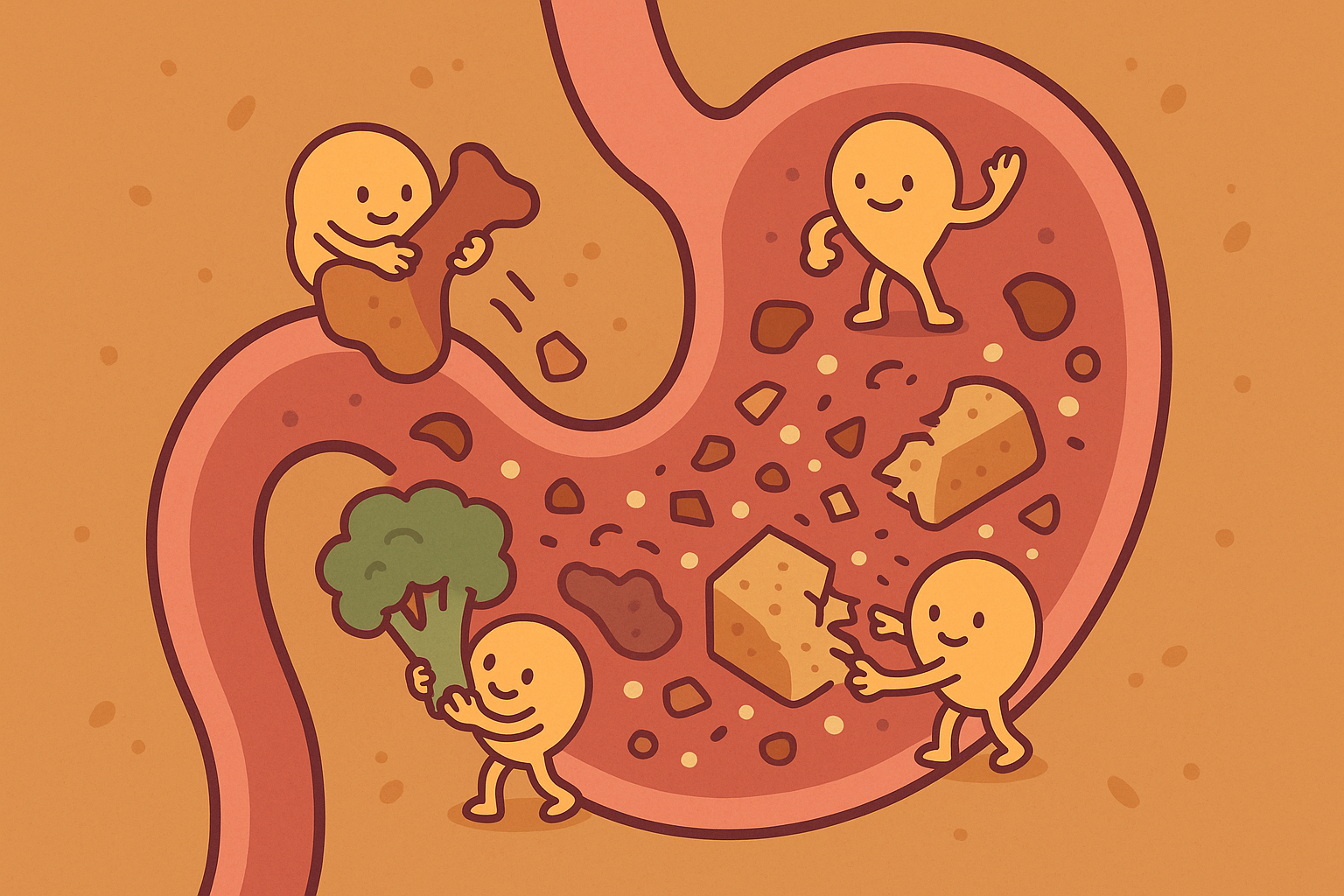
Supporting your gut when you’re eating more often benefits from things like drinking vinegars, which can help your stomach produce the acid it needs to break down all that food.
Digestive Enzymes: Your Stomach’s Helper
I take broad-spectrum digestive enzymes about 15-20 minutes before bigger meals (anything over 500 calories). It’s like giving your digestive system a head start on the work that’s coming. This improved my protein digestion by 20-30% and basically eliminated that post-meal food coma feeling.
Taking digestive enzymes 15-20 minutes before big meals improves protein digestion by 20-30%, which is essential when you’re dealing with the higher protein loads that come with 2800-calorie meal plans. Source: Strongr Fastr 2800 Calorie Analysis
Strategic Fiber Timing
I aim for 35-40g of fiber daily, but I’m strategic about when I eat it. Soluble fiber (the kind that dissolves) goes with meals to help with blood sugar and feeling full. Insoluble fiber (the kind that doesn’t dissolve) goes between meals to keep things moving along, if you know what I mean.
How I actually spread fiber through the day:
- Breakfast: 8g soluble fiber (oatmeal with berries)
- Mid-morning: 5g insoluble fiber (apple with the skin on)
- Lunch: 10g mixed fiber (quinoa salad with vegetables)
- Afternoon: 6g soluble fiber ( chia seed pudding)
- Dinner: 8g mixed fiber (sweet potato and broccoli)
- Total: 37g fiber that actually supports digestion instead of causing problems
The Mental Game: Why Your Brain Sabotages Your 2800-Calorie Goals
Here’s the thing nobody talks about: the biggest obstacle to eating 2800 calories consistently isn’t hunger. It’s your brain being a drama queen about consuming what looks like “a lot” of food.
Your brain is basically that friend who means well but gives terrible advice. It sees a plate piled high with food and goes “NOPE, too much!” even when you actually need those calories. The trick is learning how to outsmart it.
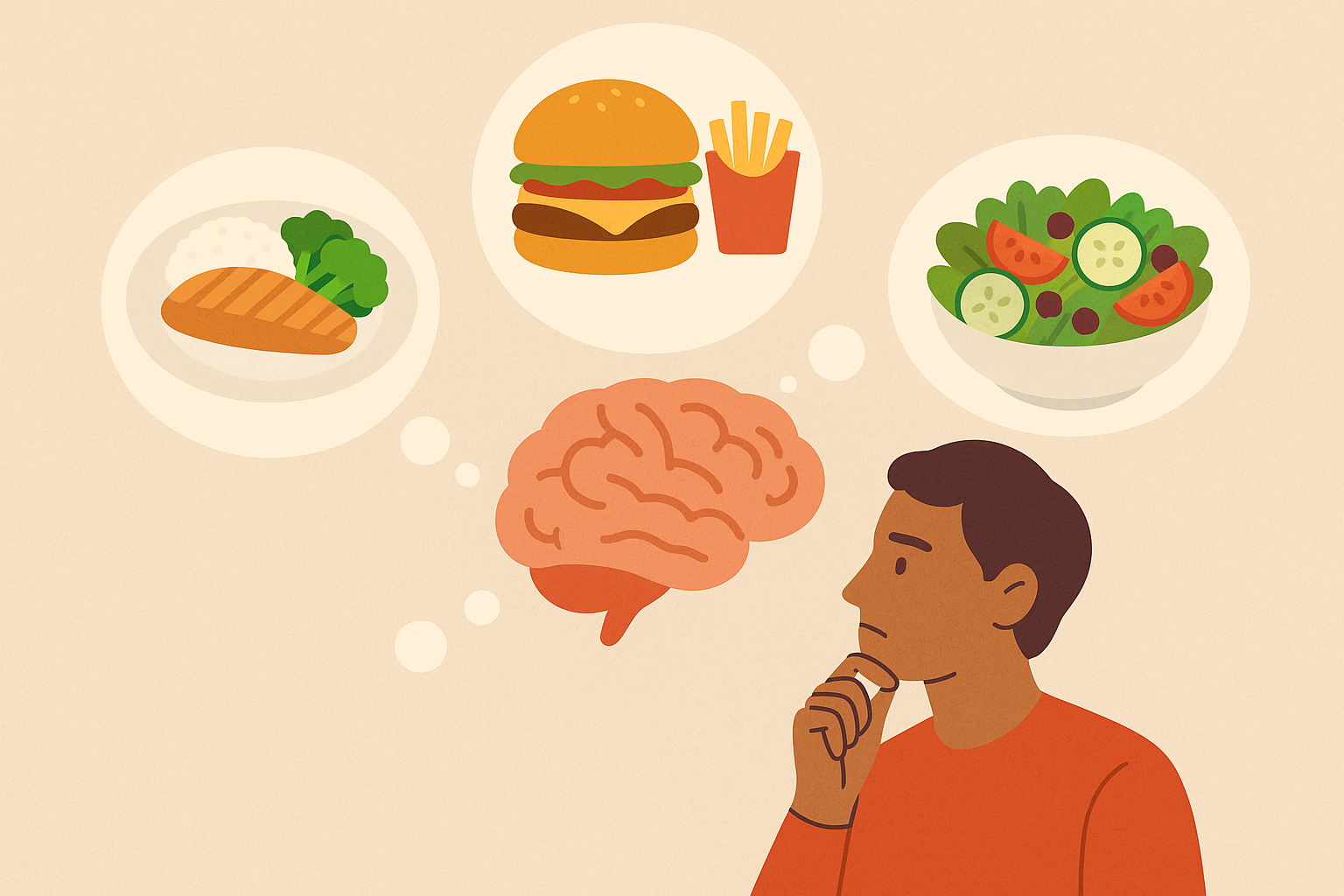
Tricking Your Brain’s Fullness Radar
Your brain decides how full you feel based on way more than just how stretched your stomach is. Visual cues, how fast you eat, and even how the food looks on your plate all send signals to your brain about whether you should keep eating or stop.
The Magic of Bigger Plates
This sounds almost too simple to work, but using larger plates (11-12 inches) with higher-calorie, nutrient-dense foods makes your brain think the portions are reasonable instead of overwhelming. Smaller plates make the same amount of food look huge, which triggers that “this is too much” response.
I thought this was total BS until I tried it. The difference is real.
| Plate Size | What Your Brain Thinks | When to Use It | Effect on Eating |
|---|---|---|---|
| 8-9 inches | “This plate is packed!” | Only for low-calorie foods | Makes you eat 15-20% less |
| 10-11 inches | “This looks normal” | Mixed meals | No real change |
| 11-12 inches | “This looks reasonable” | High-calorie, nutrient-dense foods | Helps you eat 10-15% more |
| 13+ inches | “This looks tiny” | Don’t do this | Might make you overeat |
Slow Down and Actually Taste Your Food
When I say “eat over 20-25 minutes,” I don’t mean sitting there with a stopwatch. I mean actually tasting your food instead of inhaling it while scrolling through your phone. Put the fork down between bites. Have a conversation. You know, actually enjoy eating.
Your body has this hormone called leptin that tells your brain when you’re full, but it takes about 20 minutes to kick in. If you’re scarfing down your meal in 5 minutes, you’re going to feel stuffed before your brain even knows what hit it.
Simple ways to slow down without being weird about it:
- Set a timer for 20-25 minutes per meal (just as a reminder, not a rule)
- Put your fork down between bites
- Chew each bite 15-20 times (sounds excessive but try it)
- Take sips of water throughout the meal
- Actually focus on how the food tastes and feels
- Keep your phone in another room
Creating an Environment That Actually Helps
Your surroundings shape how you eat way more than willpower ever could. I learned to set up my kitchen and eating spaces to make higher-calorie eating feel normal instead of like some kind of eating challenge.
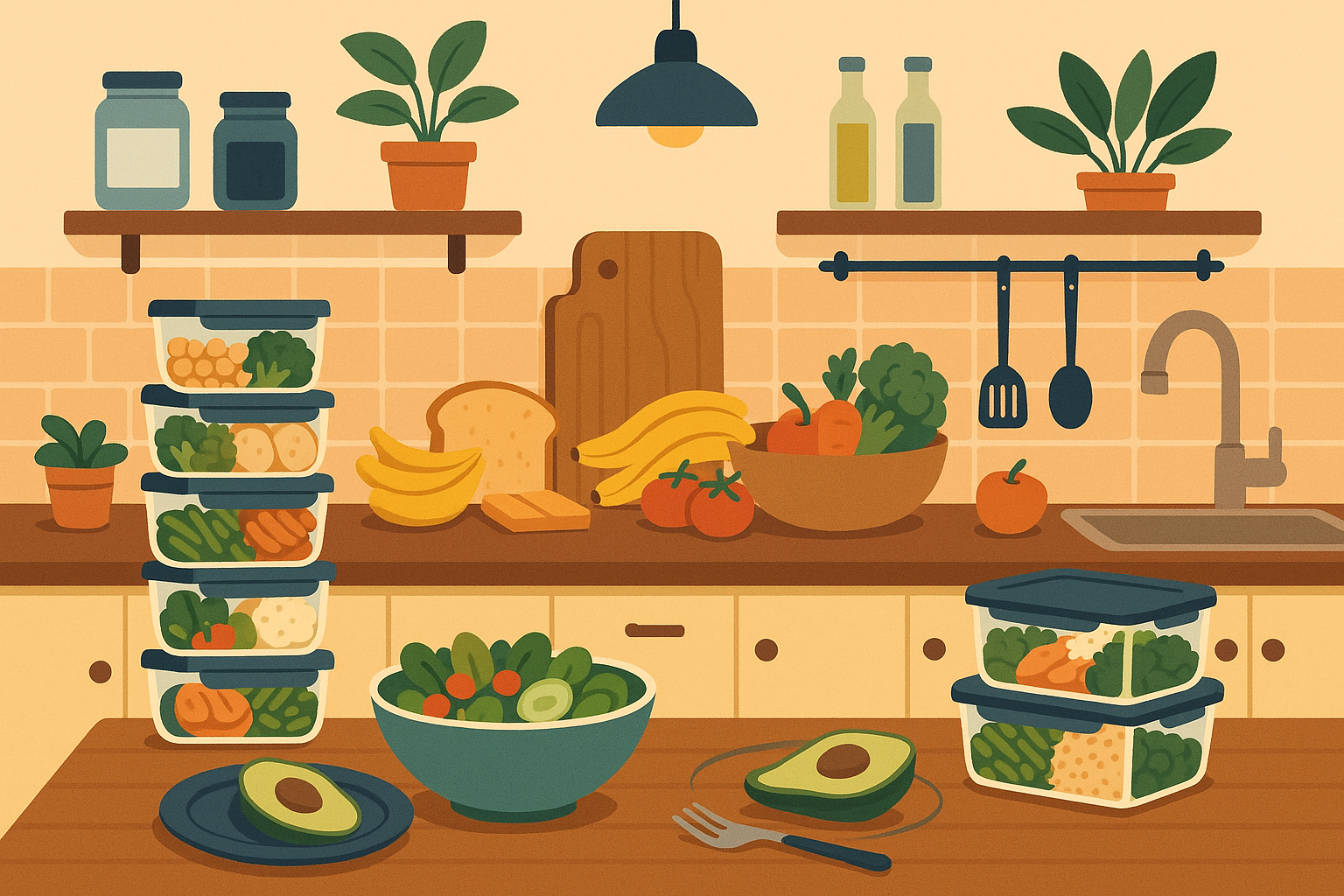
Meal Prep That Actually Works
I prep 2-3 days of meals at once, not because I’m some meal prep influencer, but because it removes the daily mental load of figuring out what to eat. When my food is already prepared and portioned in containers, hitting my calorie targets becomes automatic instead of a constant planning nightmare.
The mental relief alone is worth the Sunday afternoon I spend chopping vegetables and cooking grains. Plus, having pre-portioned containers in my fridge means I can’t use the “I don’t know what to eat” excuse to skip meals when life gets crazy.
Finding Your People
Look, trying to eat 2800 calories consistently while everyone around you is talking about their latest diet is lonely. I joined some online groups specifically for people trying to eat more (not less), and it made a huge difference having people who actually understood what I was trying to do.
We troubleshoot problems together, celebrate wins, and nobody gives you weird looks when you talk about struggling to finish your meals. It’s like having a support group for a problem most people don’t think is real.
Scaling Up: From 2800 to 3000+ Calories Without the Bloat
So you’ve mastered 2800 calories and now you need more? Maybe you started lifting heavier, added more cardio, or your job got more physically demanding. Going from 2800 to 3000+ calories isn’t about suddenly eating like you’re training for a hot dog eating contest.
The key is understanding that your body needs time to adjust to processing more food. Rush it, and you’ll feel like garbage. Do it right, and you’ll barely notice the difference. Professional athletes like those featured in recent fitness coverage show how strategic calorie increases can support serious training goals without making you feel awful.
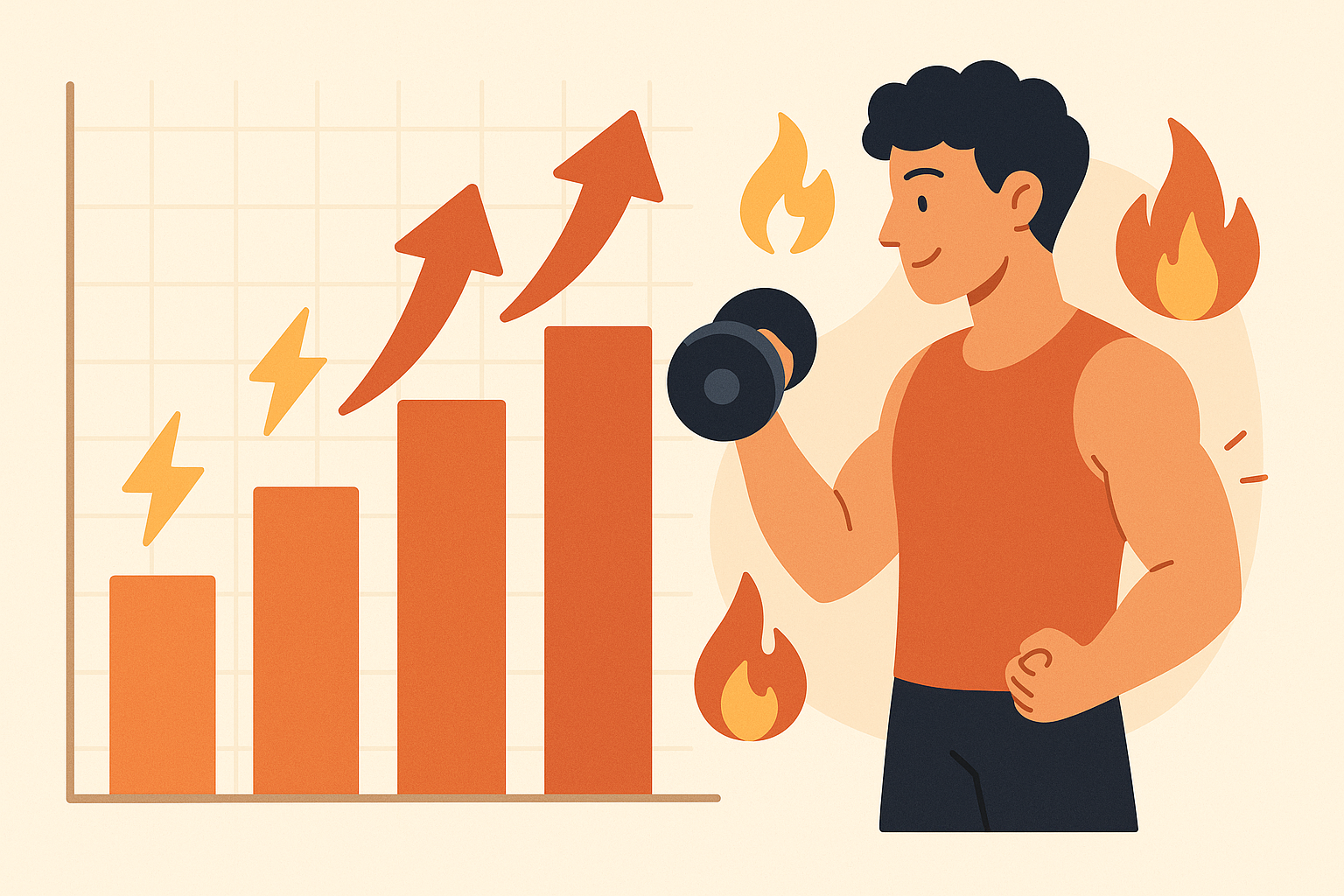
When you’re eating more food, keeping your digestion happy becomes even more important. That’s where evidence-based gut health strategies can really save you from feeling bloated and miserable all the time.
The Smart Way to Add Calories
Your body is pretty adaptable, but it’s not magic. You can’t just jump from 2800 to 3500 calories overnight and expect to feel good. There’s actually a method to this that prevents the digestive disaster most people experience.
The 200-Calorie Weekly Rule
Instead of making huge jumps, I add 200 calories each week. It’s like gradually turning up the volume instead of blasting your eardrums. This gives my metabolism and digestive system time to adapt without feeling overwhelmed.
Here’s the breakdown: 60% of those extra calories come from carbs, 40% from fats. Why not protein? Because you probably don’t need much more protein unless you’re doing something really intense. Most people already get plenty.
The progressive approach of adding 200 calories weekly (60% carbs, 40% fats) prevents the metabolic overwhelm that happens when people jump from 2800 to 3000+ calories too quickly. Source: Eat This Much 2800 Calorie Planning
What this actually looks like week by week:
- Week 1: 2800 calories (your baseline)
- Week 2: 3000 calories (add 120 calories from carbs, 80 from fats)
- Week 3: 3200 calories (add another 120 carb calories, 80 fat calories)
- Week 4: 3400 calories (you get the pattern)
Quick math for your own increases:
- Current intake: _____ calories
- Add 200 calories total
- Carb addition (60%): 120 calories ÷ 4 = 30 grams
- Fat addition (40%): 80 calories ÷ 9 = about 9 grams
- New total: _____ calories
Matching Your Food to Your Activity
Different types of increased activity need different kinds of fuel. It’s not just about adding random calories – what you’re doing with your body determines what kind of extra food it actually needs.
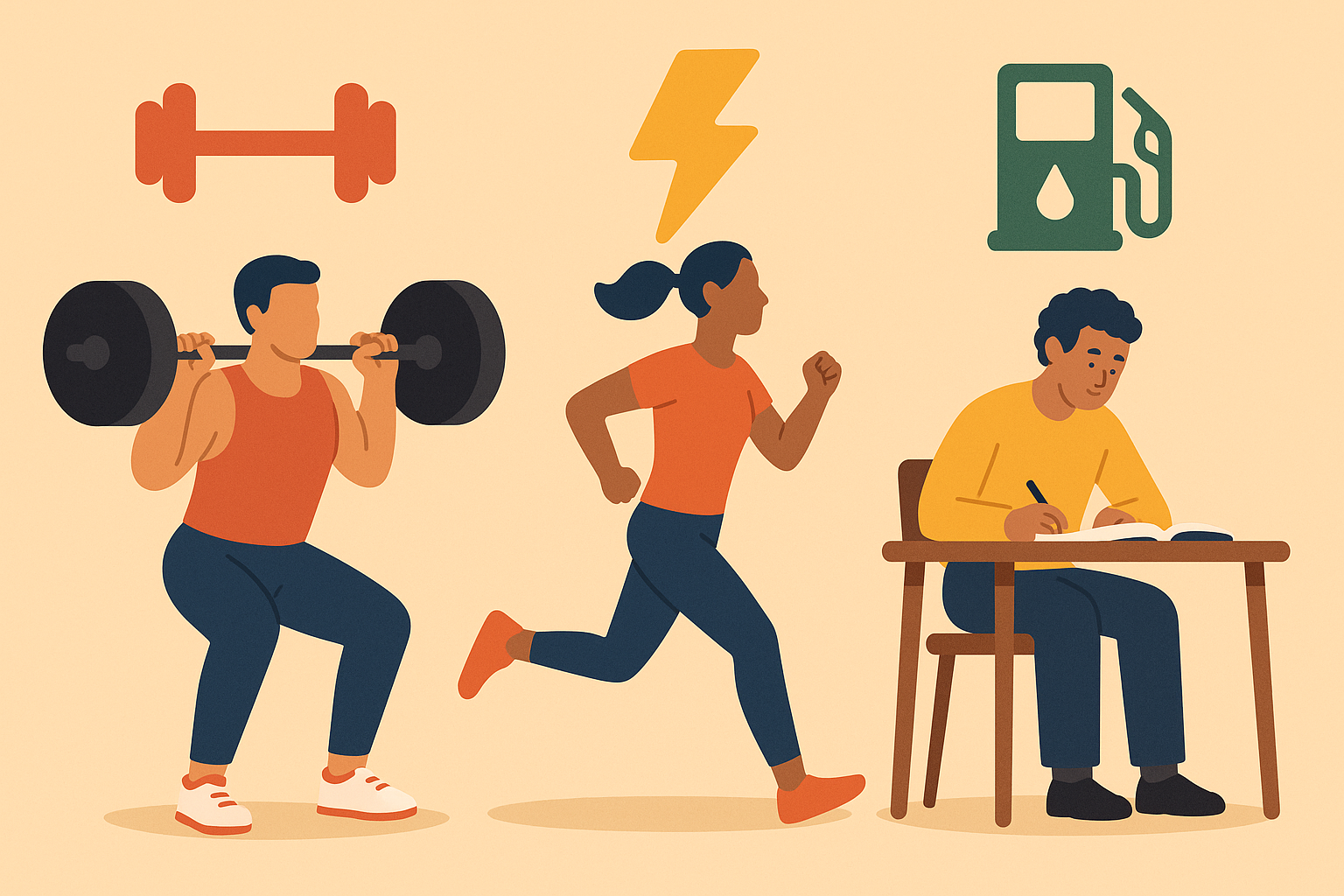
Fueling Strength Training
Each extra hour of lifting per week needs about 150-200 additional calories. I break this down as 30% protein, 50% carbs, and 20% fats. The carbs fuel the workouts, the protein helps with recovery, and the fats support hormone production.
It’s not just about the total calories – the breakdown matters if you want to actually benefit from the extra food instead of just getting softer around the middle.
Supporting High-Stress Periods
When work gets crazy or I’m dealing with a lot of stress, I need an extra 100-150 calories daily. I get most of this from complex carbs because stress literally burns through glucose faster. During exam periods or big work deadlines, I noticed I needed those extra carbs just to think clearly.
Reality check for scaling up successfully:
- Increase by max 200 calories weekly (seriously, don’t rush this)
- Pay attention to how your stomach feels every day
- Track your energy levels – they should stay steady, not crash
- Adjust the carb/fat ratio based on what you’re actually doing
- Weigh yourself weekly to make sure you’re not just getting fat
- Drink more water because more food = more waste to process
- Plan bigger meal prep sessions because you’ll need more food ready
If you’re struggling with digestive issues while trying to increase your calorie intake, Organic Authority offers carefully vetted gut health supplements that can support your digestive capacity. Their rigorous testing standards ensure you’re getting products that actually work when you need them most. Check out their approved digestive enzyme formulas and probiotic blends to optimize your nutrient absorption as you scale up your intake.
Final Thoughts
Look, mastering a 2800-calorie meal plan isn’t about becoming some kind of eating machine or following a perfect system every single day. It’s about understanding how your body actually works and then designing your eating around that reality instead of fighting it.
What surprised me most through this whole process was realizing that the mental side of eating more is just as important as the nutrition science. Your brain’s weird relationship with food, how your environment affects your eating, and having people who actually get what you’re trying to do – all of that matters just as much as knowing when to eat your carbs.
Some days you’ll nail this perfectly. Other days you’ll eat a sleeve of crackers for lunch because you forgot to meal prep and life happened. That’s normal – I still do it sometimes. The goal isn’t perfection, it’s progress and actually feeling good in your body.
Obviously, I’m not your doctor, and your body might work totally differently than mine. If something feels off, trust your gut (literally) and maybe chat with someone who actually went to medical school. But if you’re tired of feeling tired all the time and you’re ready to stop fighting your body’s need for adequate fuel, these strategies might just change how you think about eating.
Remember, this is about finding what works for your actual life, not following someone else’s perfect plan. Start with one or two things that make sense to you, then add more as they become habits. Your metabolism is incredibly adaptable – just give it time to figure out what you’re trying to do. The investment in understanding your body’s unique needs will pay off in energy, performance, and honestly, just feeling like a functional human being instead of someone who’s always running on empty.

